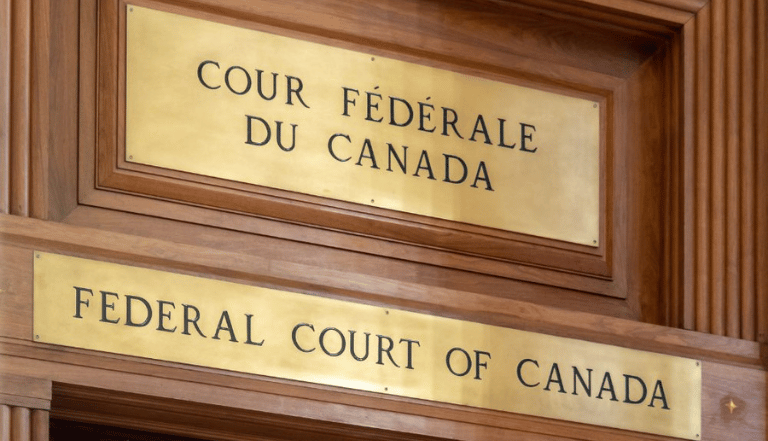Two recently issued and differing decisions have muddled what used to be a routine, albeit peculiar, part of European patent prosecution. Having successfully prosecuted your claims before the EPO, should you adhere to an examiner’s request to amend your description or not? That is, all of a sudden, a tricky question!
For many years, a routine part of European patent prosecution involved the examiner requesting the Applicant review their description to ensure that it did not extend beyond the scope of claims to be granted. Where the description was found to refer to embodiments construed as falling outside the scope of the granted claims, an amendment would be required to bring the two into alignment.
A classic example is a European patent granted with a method claim defined by three specific steps but supported by a description including references to methods defined by only one or two of those steps. Without amendment, the description would be deemed inconsistent – the description being broader in places.
In some circumstances, the requirement to amend the description would also extend to addressing those circumstances where the description referred to an invention which the EPC excluded from patentability. An example of this would be a situation where a general description referred to methods of treatment. An amendment would be considered necessary, as the EPC does not permit claims embracing a method of treatment of the human or animal body.
A further, and very important consideration, is that whatever amendment is needed (ranging from a minor alteration of the text to the full deletion of a particular section), it is necessary to comply with the EPC; that is to say, the amendments should not add matter (Article 123(2) EPC) and should be clear (Article 84 EPC).
In recent years, most Attorneys had adopted a library of shortcuts and quick fixes which avoided wholesale changes and/or deletions, but which satisfied the examiner’s request to bring the description and claims into alignment. For example, in any part of the description where the term “invention” could be construed as pointing to something outside the claimed protection, phrases like “the disclosure” or “disclosed herein”, could be used and this would allow the Applicant to retain the text but excise it from the scope of the claims.
While occasionally clumsy or ‘artificial’, we had all settled into an acceptable routine.
Enter, stage right, T1989/18.
In this decision (issued 16th December 2021), although the examining division found the claims to be allowable, the case was refused because the description included a statement construed to be broader than the subject matter of one of the allowable claims.
The considered analysis of the Board of Appeal covers many points but the somewhat surprising outcome was that they repeatedly failed to find any legal basis to support the routine requirement for the description to be amended before grant. Indeed the Appeal Board stated:
“the board fails to see how the aforementioned provisions of the EPC, or any others, can lead to the requirement that embodiments disclosed in the description of an application which are of a more general nature than the subject-matter of a given independent claim must constitute potential subject-matter of a claim dependent on that independent claim”.
The decision (to refuse) was set aside and the case remitted back to the examining division for grant on the basis of an earlier iteration of the description.
This rather unexpected decision led to some confusion - what is the correct approach? Should we now be refusing to amend the description? Should we argue against any current or future request to amend?
Enter, stage left, T1024/18.
This decision (issued 1st March 2022) appears to rap the knuckles of T1989/18 stating that the law (in particular Article 84 EPC) is not solely concerned with the clarity of the claims. The Board stressed that the intended purpose of Article 84 EPC, was not only to ensure that the claims are clear and concise, but that they are properly supported by the description. In this regard, the Board suggested that a description in which only one single passage provided the relevant claim support and numerous other passages offering different and/or contradictory meaning to the claims, would not fulfil the requirements of Article 84 EPC.
As such, whereas T1989/18 failed to find legal basis to support any request to align the description and claims, T1024/18 found that Article 84 EPC and its reference to support by the description, means that at the point of grant the description should be fully and not just partially, consistent with the claims.
So what next? When the EPO issues decisions which disagree on a particular point of law, questions may be referred to the Enlarged Board of Appeal for a final and binding decision. In this case, because T1989/18 was so inconsistent with years of established practise, it may simply get overlooked as rogue and incorrect. Indeed the “D” distribution allocated to the decision (a decision of lowest importance and for restricted distribution) perhaps pointed to the EPO taking the same view.
So is it business as usual? T1024/18 certainly points in a more familiar direction and when coupled with the most recent version of the Guidelines For Examination (which continue to insist that descriptions must be brought into line with any amended claims), it seems the EPO intend to ignore T1989/18. Thus, the answer to the question posed at the head of this article may be, for now at least, that we should continue as before.
Amending a description always involves carefully balancing the examiner’s request against the law and the Applicant’s desire not to negatively impact on their scope of protection or unnecessarily lose carefully drafted parts of their description. We have years of experience in resolving these considerations and so please do not hesitate to get in touch if you would like advice or assistance with any aspect of this rather strange aspect of patent prosecution before the EPO.



